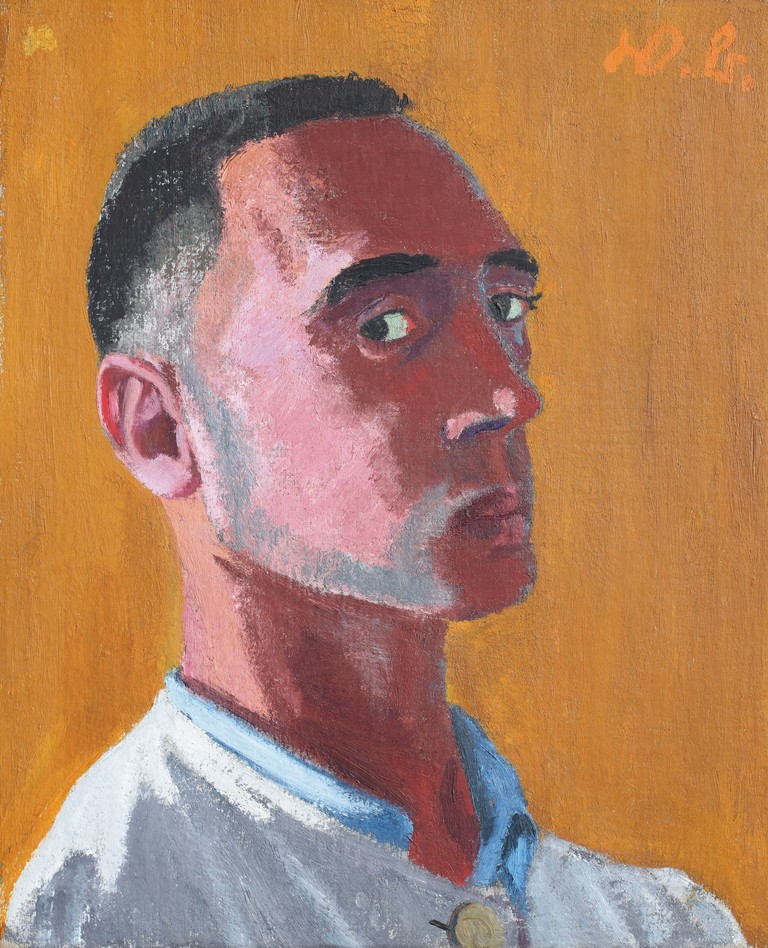Hans Werner Berg was born on 11th April 1904 in Elberfeld, today a part of the German city of Wuppertal. His childhood wish to become a painter was not at first possible due to the economic conditions after the First World War which forced him to initially study business. Later he studied Political Science in Vienna where he was also to meet Amalie Kuster, later to become his wife.
After graduation Berg began to study art, from 1927 to 1929 under Karl Sterrer at the Vienna Academy and from 1929 to 1931 under Karl Caspar at the Munich Academy. In 1930 he acquired together with his wife the Rutarhof, a mountain farmstead in Lower Carinthia, close to the border to Slovenia. In March 1931 he moved in with his family and his friend Kurt Sachsse, a poet.
Werner Berg worked on the Rutarhof both as a farmer and painter. For him art and life were an inseparable entity. His motifs were for the most part influenced by daily farm life. In his early works in particular, Werner Berg also depicted his growing family of five children. Exhibitions in Germany made Berg well-known. His extremely concise, almost "primitive" style. however, was not favoured by the National Socialists. In 1935 his exhibition at the Kunstverein in Cologne was closed by the police. His paintings were described as "Degenerate Art". In the late 1930s his style was adapted to suit the requirements of the time. From 1942 to 1945 he was deployed as a war painter to Scandinavia where he painted the landscape.
After the end of the war, Werner Berg returned to a "surface" style, one in which the contours were often stressed. Despite a tendency to simplicity, Berg insisted on depicting the reality around him. Many of his paintings developed from sketches, made in seconds, taken directly from the immediate surroundings. Even in his sketches Berg established the details of the later composition. Berg became a chronicler of the Slovene-Carinthian population, of the farmers, the churchgoers, the men curling in winter, of people travelling in buses and waiting for trains.
In his many woodcuts Berg brought the principle of a surface depiction to a highpoint. With a juxtaplay of light and dark he achieved a highly concentrated effect.
Many exhibitions followed after the Second World War. In 1947 Berg became a member of the Art Club of Vienna and in 1950 he participated in the Biennale in Venice. In 1956 an exhibition followed in the Österreichische Galerie in Vienna, in 1957 in the Moderna Galerija in Ljubljana, and in 1961 in the Lenbachhaus in Munich. In 1968 the Werner Berg Galerie of the Town of Bleiburg was established. Since the death of the artist in 1981, the gallery has been run as a foundation which has a permanent exhibition of the works of Werner Berg.
